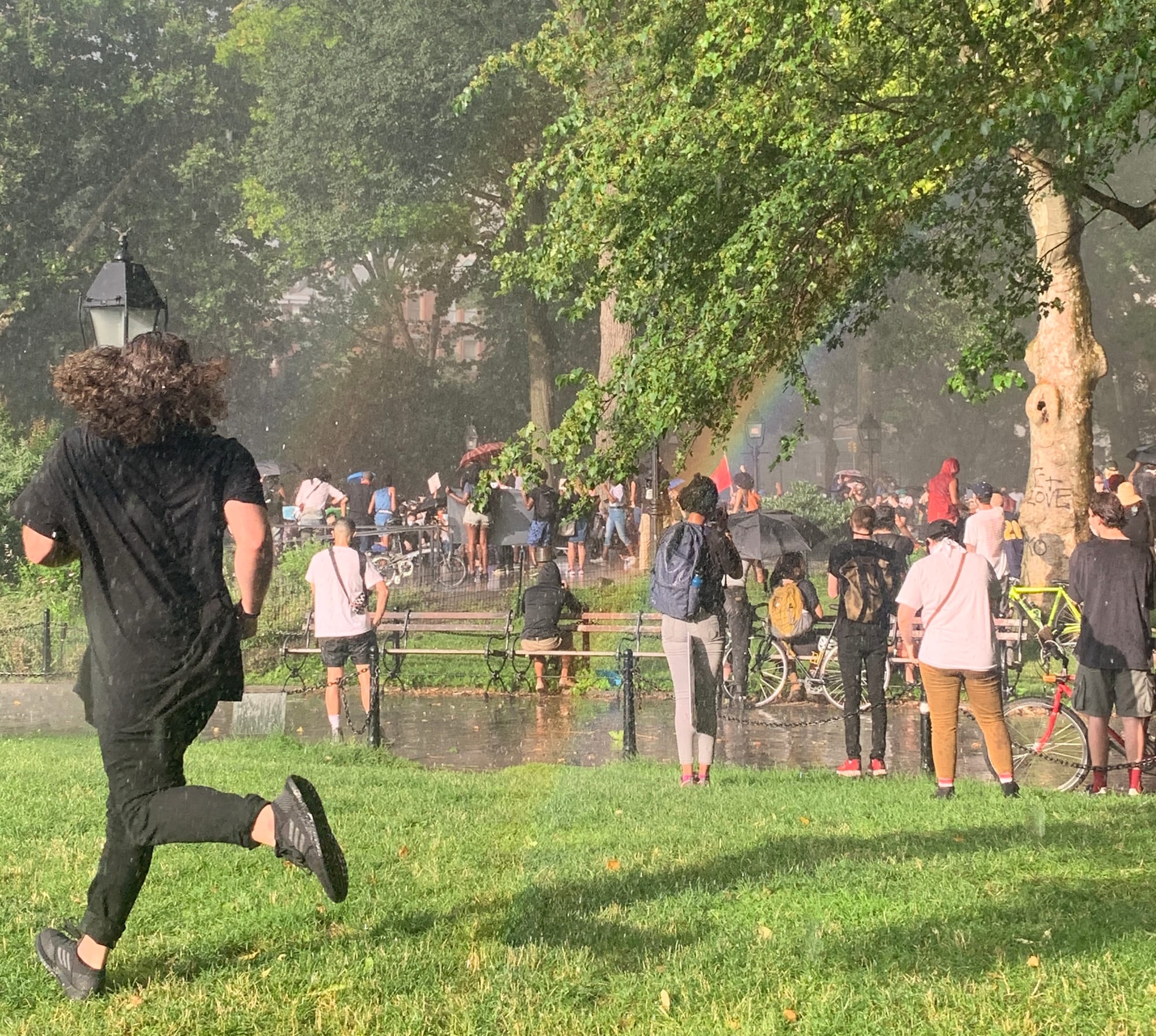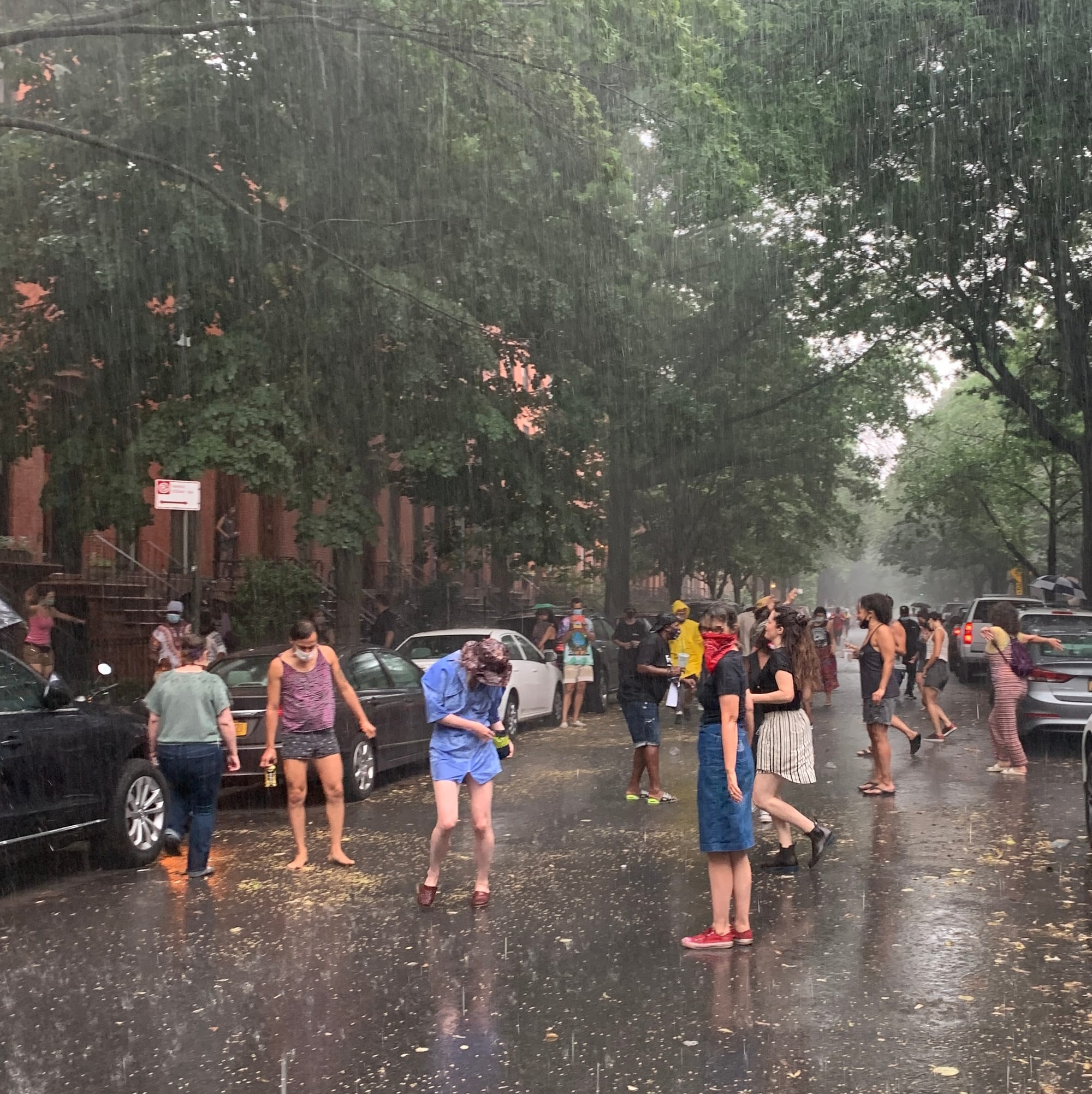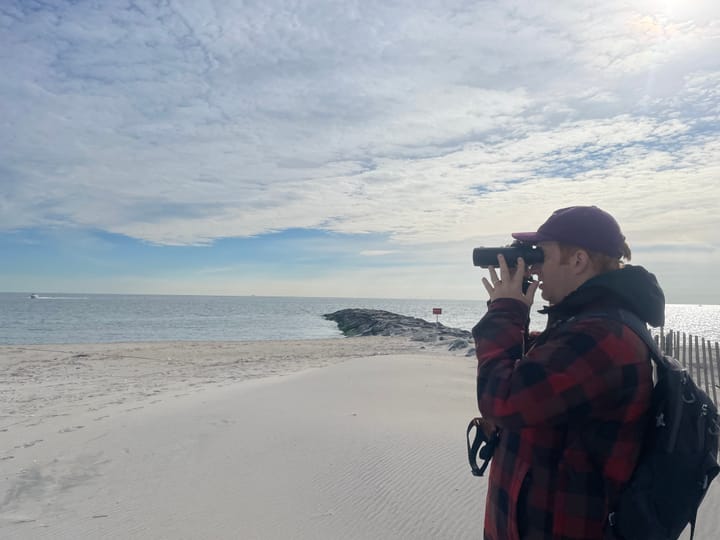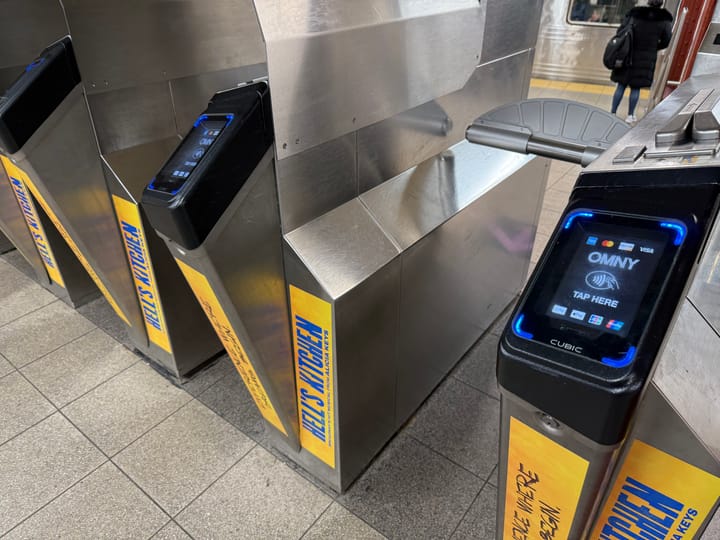Welcome to the subtropics: Southerners share tips on dealing with our new daily thunderstorms
Our new climate reality means more storms that might ruin your plans. Here's how to prepare.

July of 2020 was a hot time in New York, with protests and the pandemic raising everyone’s temperature across the city. It was also literally hot, with many days reaching above-average temperatures and violent storms causing flooding and damage.
You might have been too distracted by the other horrors of 2020 to notice at the time, but the arm of the federal government known as the National Climate Assessment did take note: that summer, they upgraded the city from our long-standing, distinguished-sounding designation of a “humid continental” climate zone to the much more randy and louche “humid subtropical” zone. Areas get that designation if they have hot and humid summers, and cool to mild winters, which seems about right; being subtropical also affects what kinds of plants can grow here, while the warmer weather attracts pests, like the lanternfly.
It also means more thunderstorms. Those storms cause lots of flooding and other problems of their own: As the Center for New York Affairs put it: ”we now live in a place that our infrastructure was not designed for.” But beyond the physical issues, being having frequent storms means we all need to adjust the ways we think about how we live, dress and pack our tote bags for the day.
You might be wetter, hotter or just more frustrated this summer as you try to go about your business while still looking cute, watching the climate change before your eyes. As Groove contributor Kate Mooney put it: “I guess all outdoor plans have an asterisk in our subtropical climate.” In 2021, for instance, the Mets had to reschedule 11 games by mid-June alone due to weather events. I went to one of those games that got rained out, and was given a ticket for a makeup game at a later date, and that game was rained out too.
The problem of our climate is a big one and not something we can fix today, especially as Gov. Kongestion Kathy consigned us to a potential eternity of living in our car-exhaust hell this week. But we still need to go about our lives and make the best of our current climate situation, even if that situation might be dumped on by flash storms all summer long.
To find out how to truly catch the vibe of our new subtropical lives, we talked to a few people in the OG subtropics of the United States — the South — to get some tips to help you prepare. And, hey, the South? Hi, we’re one of you now, whether you like it or not; let’s shout “y'all” and “yerrrr” at each across the states to annoy New Jersey.
i guess all outdoor plans have an asterisk in our subtropical climate
— Kate Mooney (@yatinbrooklyn) May 10, 2024
Gear up
I worked as a reporter on Hilton Head Island, S.C. for about four years and quickly learned that if you weren’t inside by 3 p.m. in the summers, you were done for. The thick Southern summer heat boiled the island all day long, until it finally broke every afternoon at nearly the same time, and dumped a brief but heavy deluge on the island. I checked back in with a few former colleagues to see how the longtimers have acclimated to that kind of life.
“Dri-fit pants or shorts are helpful, and I often have an extra pair of shoes in the back of my car just in case,” said Justin Jarrett, who runs a website covering local sports in Beaufort County, and is therefore often outside. Dri-fit is moisture-wicking athletic wear that you can find in lots of places these days; carrying extra shoes in your car is not something every New York can do, but carrying a backup pair of light shoes in your bag might not be a bad idea, especially when flooding in our ill-equipped concrete city is becoming increasingly common.
Jarrett added, referencing the big Lowcountry news of recent years: “I have become a big fan of those fishing shirts like from the Murdaugh trial, on account of how quickly they dry and how light they are even when soaked."
In New Orleans, the storms come often, but they never seem to stop the city’s many outdoor parties and parades.
“The bare minimum is bring a small umbrella or packable poncho with you,” said Zoraida Palencia, an artist in New Orleans. “We get randomly rained here so much it’s just a given. I don’t think about it that much anymore, all my stuff is by the door.”
Check the radar every morning
Make it a routine to check the radar — not just the weather forecast — every morning.
“I'd say one of the best things you can do is download a good radar-equipped weather app for your phone,” said Jay Karr, who worked as a photojournalist on Hilton Head for 28 years. “Look at the radar loop before you go out to get an idea of what seems to be brewing.”
This is a good time to remind you that the Apple Weather app sucks, (rest in power, Dark Sky) and isn’t getting better any time soon. You will probably have better luck with a weather report from a local news station, such as NBC News 4’s app, or check in with our friends at New York Metro Weather. The local radar and weather team might be better than Apple’s algorithm-based forecasts.
“It doesn't hurt to check the future radar loop, too,” Karr said. “Often you can get an idea of how long you have before whatever rain there is in the area might arrive and time your outing accordingly. Since storms can pop up fast, check the radar every 20 minutes or so while you're out. And since there's always the possibility that something might blow up right on top of you, it's good to keep a weather eye on the horizon for budding squalls.”
That note about keeping your eyes on the skies is a good one, because you really shouldn't trust everything to the machines: if you — a living, breathing person with years of life experience — look at the sky and think it’s about to rain, but your weather app still says zero percent chance of showers, trust your gut. All the tech in Cupertino sometimes doesn’t beat looking out the window and saying "hey, it sure looks like rain is coming."

Should we give in to umbrellas?
Carrying a big dumb umbrella is anathema to many New Yorkers. Anyone wielding one of the wide, nuisance umbrellas on crowded sidewalk should be, in my opinion, subjected to a congestion pricing fee so powerful that no governor on earth or heaven could undo it. But the Southerners we consulted said a gigantic golf umbrella can be a lifesaver in unpredictable climates. Those are not easy to carry, but you can’t argue with the dry surface area it provides if you get caught in the park.
“When all the precautions aren't enough, it doesn't hurt to keep a decent golf umbrella around,” Karr said. He “will carry one with me on my walks if the atmosphere seems especially unstable (and if it stays hot and sunny, you can use it as a parasol).”
Stay flexible
New Yorkers are conditioned to being flexible with our plans for acts of god governor, like subway breakdowns or, in recent years, a positive COVID test; we might want to add thunderstorm flexibility into our toolkit.
“Be flexible with your plans,” said Maggie Bard, an artist in New Orleans. “We have a lot of biblical storms down here and it’s usually safer to be late or cancel than to challenge nature.”
Embrace the storm nap
Unlike Southern storms — which can rend the sky into pieces before quickly vanishing, the post-storm heat evaporating any sign of rain — our city storms can be more unpredictable or last longer. But quick-moving daytime storms can also provide a respite.
“Florida storms last 30 minutes to an hour and are usually a welcome break in the middle of the day,” said Nicolette Kuhn, a digital project manager who recently moved from Brooklyn back to her native Florida. “I grew up taking naps during that time and still love the sound of rain.”
If she’s going out to nature or on the water for the day, she plans for an early morning or late afternoon outing, assuming it will rain between the two. If current subtropical trends continue in the city, we might even get better at predicting our storms.
“It’s almost on a schedule, depending on where you are it’s from like 12-4,” she said, “but literally like clockwork so you don’t really notice.”

Lean into the chaos
Back in summer 2020, when we were just a baby subtropical climate, the only thing you could do was be outside. That summer, a huge block party took over St. James Place in Brooklyn every evening, a chance for everyone to mask up and dance out some pandemic anxieties. On a day I visited in June, a crack of thunder welcomed the first drop of the DJ set, and the skies opened up. People had nothing to do anyway so they kept dancing in the rain, a wet splash of joy in an uneasy summer. Maybe that’s just how we live from now on.
Palencia offered this tip: “Lean into the chaos and raise your arms up while getting rained on, that Shawshank drama.”




Comments ()